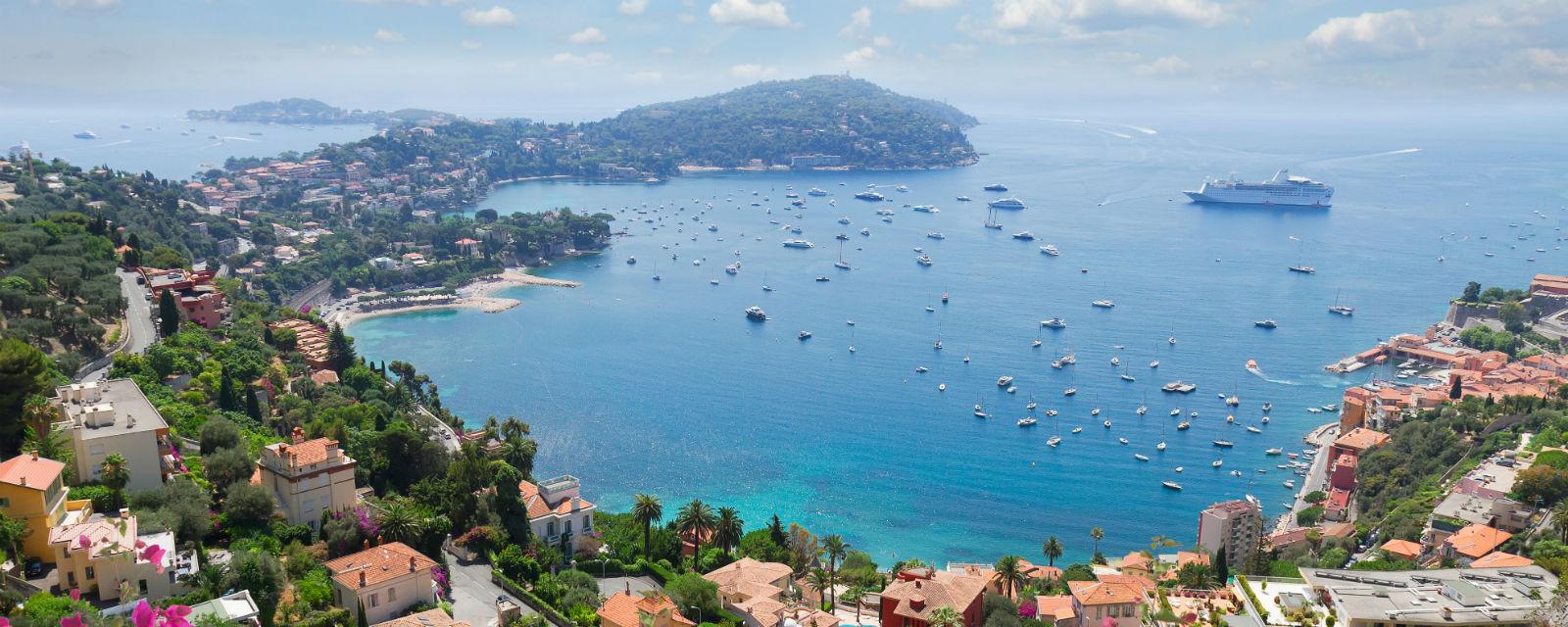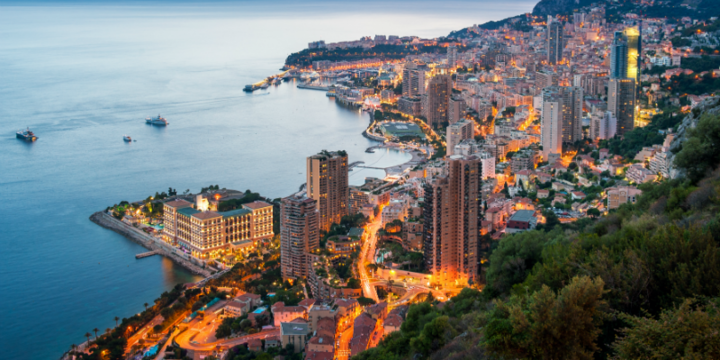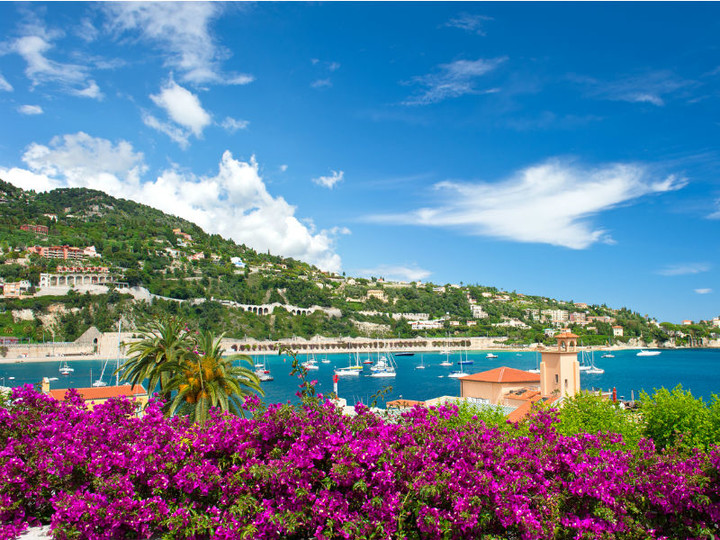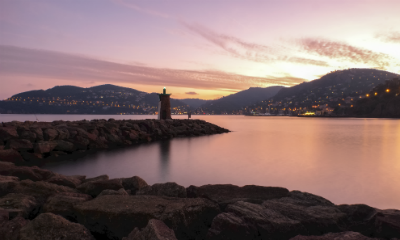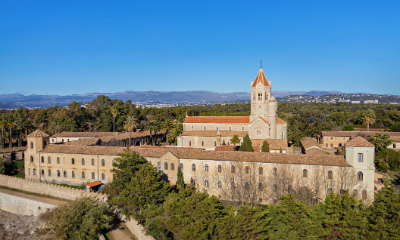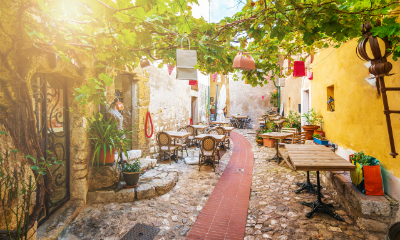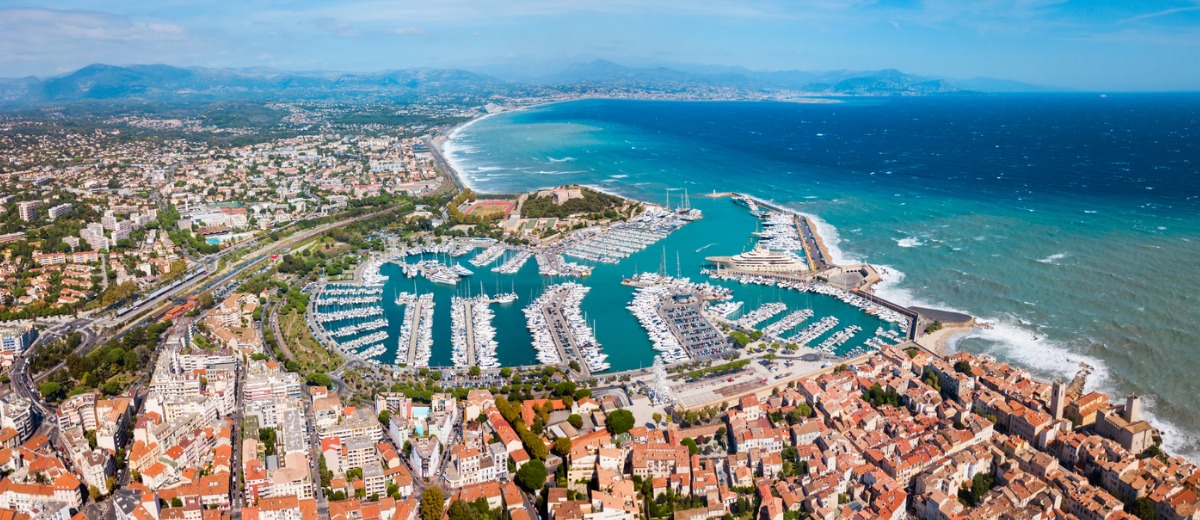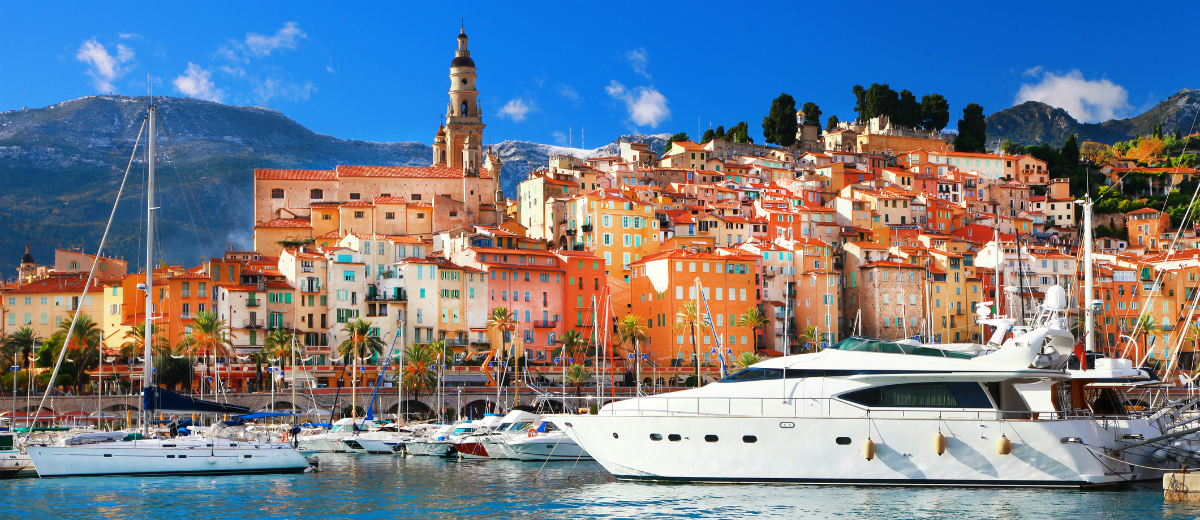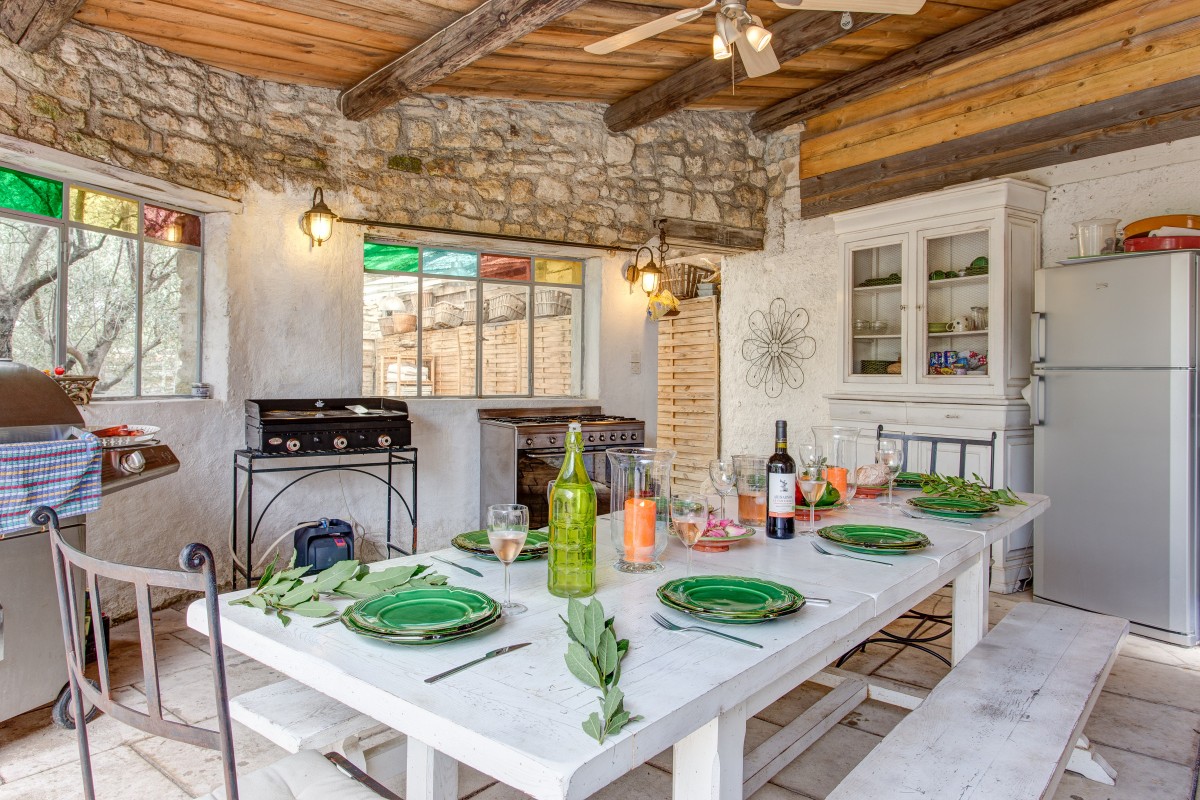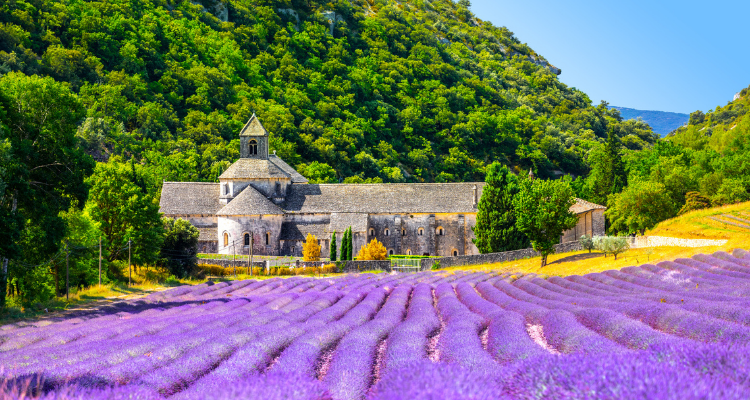There’s more to the Cote d'Azur than Cannes Film Festival. Look beyond the glare of the bright lights to discover the local French Riviera, which can be found even in peak season.
While naturally most visitors flock to the beaches to swim in the turquoise waters and flake out on the powder-white sands, beyond the coastline is another side to Cote d'Azur. As soon as the mercury begins to soar, residents head for the hills to walk through shady forests of truffle oaks and swim in hidden waterfalls.
Away from the seaside resorts, medieval villages pepper the landscape and untamed national parks stretch up to the foothills of the Alps. A smattering of idyllic islands is cast adrift from the mainland, brimming with spectacular scenery and crisscrossed with scenic trails.
Mercantour National Park
North of Cannes, Mercantour National Park is a glorious corner of untamed wilderness. Hike or cycle among the foothills, where the terrain begins to climb the slopes of the Alps.
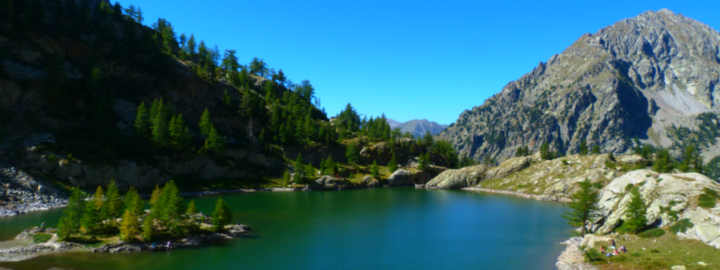
Spot celebrity abodes
This corner of France is dotted with belle époque villas, owned by A-listers like Elton John and U2 star Bono. One celebrity abode you can nose around in is Villa Ephrussi Rothschild, on the St-Jean-Cap-Ferrat peninsula. Built in 1912 for Baroness Béatrice Ephrussi de Rothschild, it’s pure opulence.
Go village-hopping
Follow the Grande Corniche (the filming location for To Catch a Thief) to hilltop La Turbie, often shrouded by mountain mist, before heading west to Vence, whose medieval core wraps around a dappled square where you can sip rosé al fresco. Further still, the river-threaded Sillans-la Cascade has a sublime waterfall that crashes 140ft into a turquoise pool (look out for the hand-painted ‘la cascade’ sign by the chapel).
Take a scenic train ride
Take a scenic train ride through the lyrical landscapes inland aboard the Train des Merveilles, climbing 3,300ft into the foothills of the Alps.
Architecture
Half-hour from Cannes, the blush-pink Palais Bulles is the brainchild of Hungarian architect Antti Lovag, an autodidact of bubble-house architecture. Owner Pierre Cardin now hosts film and fashion events, plays and concerts here among suspended gardens, cascades and pools.
Walking
Spectacular walking paths trace the coastline, particularly on the seaside stretches that hug the protected Cap Lardier. The coastal walk from Gigaro to Cap Taillat is said to be the most beautiful in France.

